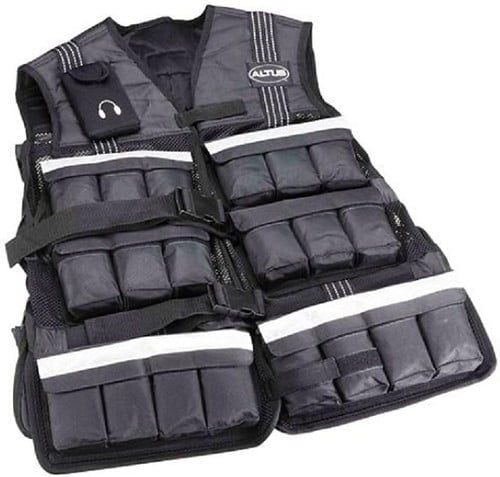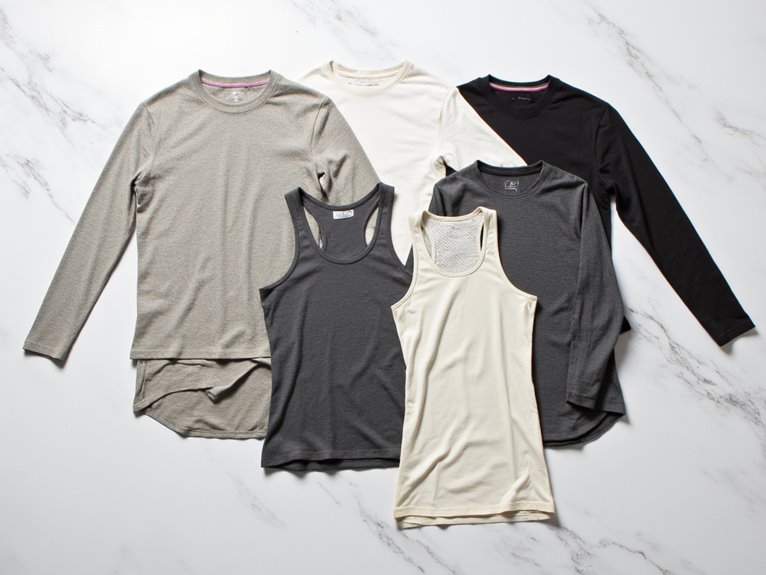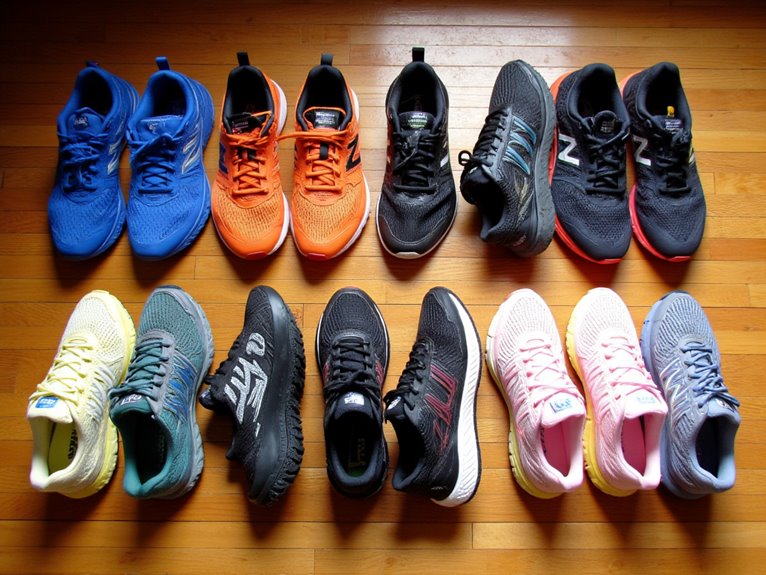What Is Too Cold for Camping?
Camping in cold weather poses significant risks, including hypothermia, frostbite, and other cold-related illnesses that can be fatal if not addressed promptly. Wind chill, altitude, and age can exacerbate the effects of cold temperatures. Generally, temperatures below 20°F (-7°C) are considered too cold for camping, but this threshold varies depending on individual tolerance and preparation. Tent selection, gear, and clothing choices are critical to a safe and comfortable camping experience. Understanding the risks and taking necessary precautions is essential; venture further to discover the secrets to conquering cold-weather camping.
We are supported by our audience. When you purchase through links on our site, we may earn an affiliate commission, at no extra cost for you. Learn more. Last update on 14th December 2025 / Images from Amazon Product Advertising API.
Cold Weather Camping Risks
Exposure to cold temperatures during camping trips poses a significant threat to campers, as even mildly cold conditions can lead to hypothermia, frostbite, and other cold-related illnesses. Prolonged exposure to cold temperatures can cause the body's core temperature to drop, leading to confusion, disorientation, and even death. Additionally, cold temperatures can exacerbate existing medical conditions, such as Raynaud's disease and poor circulation. In addition, campers must take necessary precautions, such as dressing in layers, staying dry, and seeking shelter when temperatures drop. Moreover, campers should be aware of the warning signs of cold-related illnesses, including numbness, shivering, and fatigue. By taking these precautions, campers can minimize the risks associated with cold weather camping and enjoy a safe and enjoyable outdoor experience.
Temperature Limits for Tents
When selecting a tent for cold weather camping, it's vital to think about the temperature limits for which the tent is designed, as this can greatly impact the camper's ability to stay warm and safe during the night. Tents are typically rated for specific temperature ranges, such as three-season, four-season, or winter-specific. A three-season tent is suitable for temperatures above 20°F (-7°C), while a four-season tent can withstand temperatures as low as -10°F (-23°C). Winter-specific tents are designed for extreme cold, often below -20°F (-29°C). Understanding the temperature limits of your tent guarantees you're prepared for the elements and can enjoy a safe and comfortable camping experience. Always check the manufacturer's specifications to verify your tent is suitable for the forecasted temperatures.
Wind Chill Factor Matters
When venturing into the great outdoors, it's essential to take into account the wind chill factor, as it can profoundly impact your camping experience. Wind speed plays a vital role in temperature perception, making the air feel colder than the actual temperature. As wind speed increases, the air's ability to strip heat from the body accelerates, leading to extreme temperature drops that can be potentially hazardous if not prepared for.
Wind Speed Matters
Camping in windy conditions can make the air feel substantially colder than the actual temperature, emphasizing the importance of considering wind chill factor in addition to temperature when preparing for a camping trip. A moderate wind speed of 10-20 mph can drop the wind chill temperature by 5-10°F, while stronger gusts can plummet it by as much as 20°F. This means that a campsite with a temperature of 40°F can feel like 20°F or colder with strong winds. To prepare, campers should pack layers, bring wind-resistant gear, and choose sheltered campsites. By accounting for wind speed, campers can stay comfortable and enjoy their outdoor adventure despite the chill.
Extreme Temperature Drops
Extreme temperature drops can occur rapidly, making it imperative to monitor wind chill factor closely, as a sudden 10-20°F drop can drastically alter the camping experience. This can happen even when the ambient temperature seems manageable, catching campers off guard. It's vital to stay informed about wind speed and direction, as well as air temperature, to anticipate potential drops. A 20°F drop can turn a comfortable camping night into a hypothermic nightmare. Be prepared to adapt your gear and clothing accordingly, and have a plan in place for emergency situations. Staying vigilant and proactive will safeguard a safe and enjoyable camping experience, even in the face of extreme temperature drops.
Camping at High Elevations
At high elevations, the air pressure drops, and the atmosphere becomes thinner, making it essential to acclimatize and prepare for unique temperature fluctuations. As you ascend, the air's ability to retain heat decreases, leading to rapid temperature drops at night. Be prepared for temperatures to plummet by as much as 3.5°F (2°C) for every 1,000 feet (305 meters) gained in elevation. Additionally, high-elevation camping often means exposure to harsher winds, increased UV radiation, and potential altitude sickness. It's vital to monitor weather forecasts, dress in layers, and stay hydrated to combat the challenges of high-altitude camping. By understanding these factors, you'll be better equipped to tackle the unique demands of camping at high elevations, and it's essential to monitor weather forecasts, dress in layers, and stay hydrated to ensure a safe and enjoyable experience.
Gear and Clothing Essentials
When venturing into the great outdoors, having the right gear and clothing can be a matter of comfort and even safety. As temperatures drop, a good night's sleep depends on an insulated sleeping bag that can withstand the cold, while the right clothing choices can help regulate body heat and prevent hypothermia. By selecting the perfect gear and clothing for the job, campers can guarantee a restful night's sleep and a successful camping trip.
Insulated Sleeping Bag Options
On average, campers can expect to spend around 6-8 hours sleeping each night, making a high-quality insulated sleeping bag an essential investment for a comfortable and rejuvenating camping experience. When choosing an insulated sleeping bag, consider the temperature rating, fill power, and material. Look for bags with a comfort temperature rating that matches the lowest expected temperature of your camping trip. Down-filled bags offer exceptional warmth-to-weight ratios, while synthetic insulation is a more affordable and water-resistant option. Consider features like draft collars, insulated hoods, and zippered compartments to boost warmth and comfort. By selecting the right insulated sleeping bag, you'll be well-rested and ready to tackle the great outdoors.
Cold-Weather Clothing Choices
Selecting the right cold-weather clothing is essential for maintaining body heat and staving off hypothermia, as it allows you to adapt to freezing temperatures and enjoy the outdoors year-round. A good rule of thumb is to dress in layers, starting with a moisture-wicking base layer, followed by insulating mid-layers, and finishing with a waterproof and breathable outer layer. Look for clothing with a high fill power rating, water-resistant treatments, and adjustable cuffs and hemlines to prevent cold air from entering. Don't forget a warm hat, gloves, and scarf to prevent heat loss from the head, hands, and neck. With the right clothing, you'll be able to brave even the chilliest of temperatures and enjoy a comfortable camping experience.
Hypothermia Warning Signs
Recognizing the early warning signs of hypothermia is crucial, as they can manifest quickly and unexpectedly, especially in cold and wet camping environments. Shivering, numbness, and confusion are common indicators of hypothermia. As the condition progresses, symptoms may include drowsiness, slurred speech, and poor coordination. If left untreated, hypothermia can be life-threatening. Campers should be aware of their body's response to cold temperatures and take prompt action if they or a companion exhibits these warning signs. Remove wet clothing, provide warm drinks, and move to a warm shelter. In severe cases, seek medical attention immediately. Stay vigilant and prioritize hypothermia prevention to guarantee a safe and enjoyable camping experience.
Camping in Wet Conditions
Wet conditions, whether from rain, snow, or soggy terrain, can quickly turn a camping trip into a miserable experience, making it essential to be prepared with the right gear and strategies to stay dry and comfortable. Waterproof gear, such as tents and sleeping bags, are a must. Bring a tarp to create a dry area for cooking and socializing. Pack extra socks and clothing to change into if your clothes get wet. Bring a portable stove or camping grill to cook hot meals, which can help boost morale. Consider bringing a portable shower or baby wipes to maintain personal hygiene. By being prepared, you can still have a fun and enjoyable camping trip even in wet conditions.
Age and Cold Weather
Camping in cold weather can be particularly challenging for older adults, whose bodies may be less efficient at regulating body temperature, making it essential to prioritize cold-weather gear and strategies. As we age, our bodies produce less heat, and our circulation slows, making us more susceptible to cold stress. It's vital for older campers to dress in layers, wear warm hats and gloves, and stay active to maintain body heat. Additionally, they should prioritize warm and nutritious meals, stay hydrated, and limit exposure to harsh winds. By taking these precautions, older adults can enjoy camping in cold weather while minimizing the risks associated with hypothermia and frostbite.
Camping in Extreme Weather
Beyond the challenges posed by cold temperatures, campers must also be prepared to face extreme weather conditions that can arise suddenly, such as intense storms, scorching heat, or wildfires. These unpredictable weather events can be dangerous and even life-threatening if not addressed promptly. It's vital to stay informed about weather forecasts and sign up for emergency alerts to stay ahead of the game. When camping in extreme weather, prioritize safety above all else. Pack essential gear, such as a first-aid kit, waterproof shelter, and warm clothing. Stay flexible and be prepared to adjust your itinerary or evacuate if necessary. By being proactive and prepared, you can minimize risks and enjoy a safe and exciting camping experience despite the unpredictable weather.




